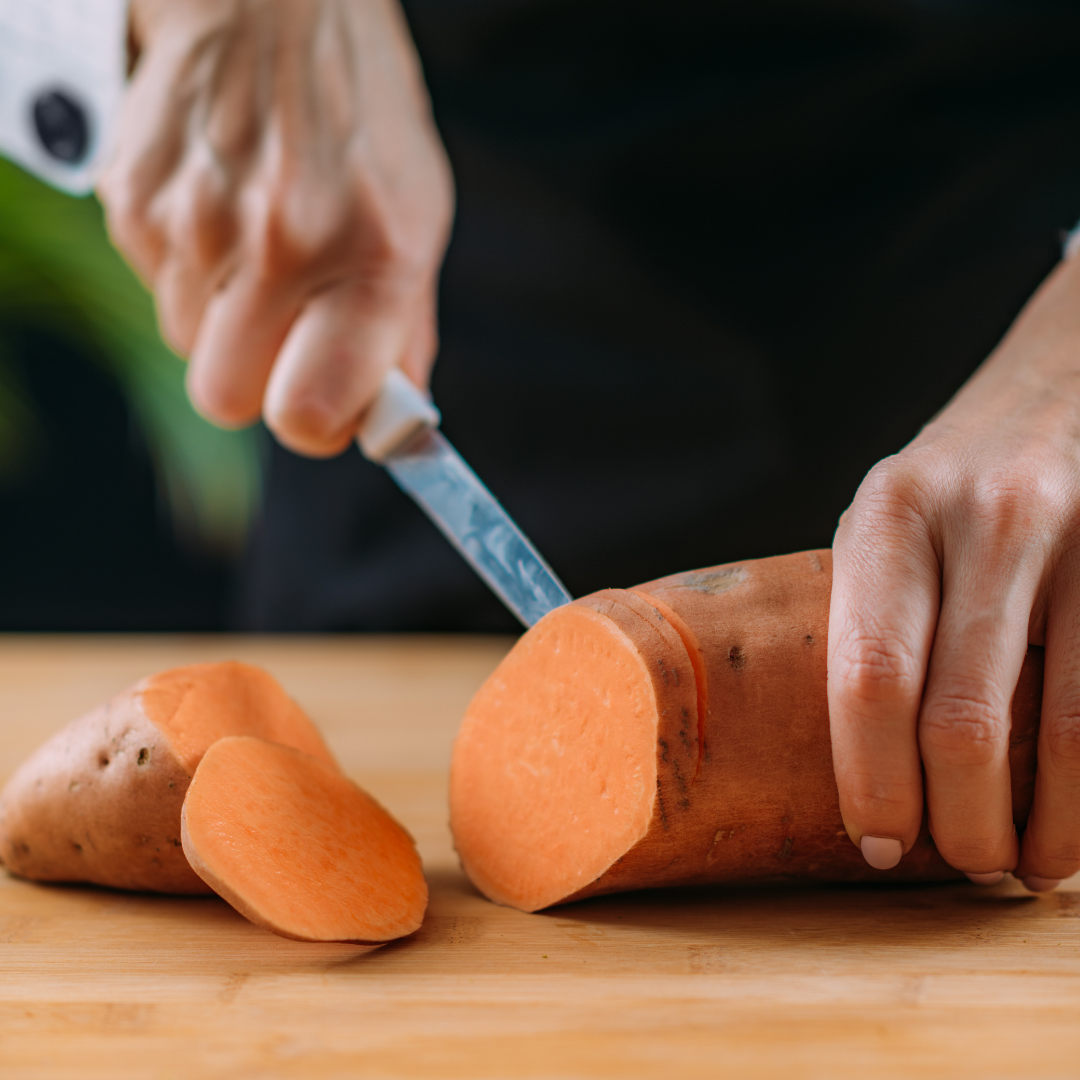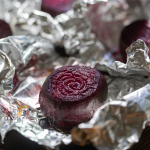
Getting to Know the ”P Vitamins”- Phytonutrients
Most of us are familiar with macronutrients like carbohydrates, proteins, and fats and many are aware of micronutrients and vitamins. These are all listed on food labels and are components of a healthy diet. Few, however, are familiar with the phytonutrients and phytochemicals.
Phytonutrients are plant-based compounds once referred to as Vitamin “P”
Turns out these compounds have not been considered a vitamin and do not even have a daily recommended dose. Yet, phytonutrients have been at the forefront of nutritional research and the findings have many quite excited, but you will not find them listed anywhere on nutrition or food labels.
We have been told to eat our fruits and vegetables because they are good for us, but researchers are learning the distinct properties of the phytonutrients plant foods provide are what make all the difference. These amazing plant-derived chemicals appear to interact with human cells and can turn on or off the action of enzymes and even genes in amazing ways.
For example, flavonoids found in citrus and dark chocolate block the action of an enzyme called estrogen synthase.
This enzyme binds estrogen to receptors and plays a role in the development of estrogen-related cancers like breast and uterine cancer. Sulforaphane, a powerful phytonutrient from cruciferous vegetables like kale, cauliflower, and broccoli sprouts, has been shown to boost a liver enzyme in the second phase of detoxification. This phase plays an important role in the removal of carcinogenic compounds in the body.
There are thousands of these phytonutrient compounds, and we are continuing to find more. In the last decade there have been some amazing discoveries related to their benefits. Scientists refer to the interaction of the plant compounds and human cells as “intercellular transduction”. This is a complicated term to describe how phytonutrients convey information to the cells in our body and then go on to trigger different responses through the actions of enzymes or gene expression. It is exciting stuff, and we are just at the forefront of this research.
There are thousands of these plant-derived nutrients and researchers are just learning about their supportive properties, but you don’t need to wait to start getting their benefits.
But before you go stocking up on phytonutrient supplements be warned packaging them seems to reduce or eliminate their powerful effects. It appears the best way to get your phytonutrient health boosters are by eating real food. When you combine foods rich in phytonutrients you get exponential benefits. Getting your medicine in food is always preferred. Aim to get in 8-10 servings of these plant foods every day.
Here are some of the more prominent and well-known phytonutrients and their associated foods and benefits:
1. Allicin
- Found in: Garlic, onions, jicama
- Great for: Eliminating toxins from the body, anti-microbial properties, and support for heart health by reducing blood pressure and cholesterol.
- Allow the minced or cut-up vegetables to sit for 10 minutes after cutting to amplify the health benefits.
2. Capsaicin
- Found in: Cayenne peppers, red peppers
- Great for: Preventing toxic molecules from invading cells; reducing inflammation and reducing appetite. When applied topically can act as a pain reliever.
- Stable when cooked at high heat. Cooking with oil may optimize benefits.
3. Carotenoids
- Found in: Carrots, tomatoes, cantaloupe, arugula, spinach, collard greens, kale, mustard greens, Swiss chard, turnip greens, broccoli, Brussels sprouts, sweet potatoes, butternut squash, pumpkin, red peppers
- Great for: Removing damaging free radicals from the cells, slowing macular degeneration, preventing cataracts, repairing DNA and blocking carcinogens from entering cells
- Cooking appears to increase antioxidant availability
4. Catechins
- Found in: Green and black teas but also found in foods like apples, guava, dark chocolate, blackberries, purple and red potatoes, and cherries.
- Great for: Inhibiting the activation of carcinogens but also may play a role in cardiovascular health and weight loss
- If you do not like tea you can still get the benefits of catechins in foods
5. Ellagic Acid
- Found in: Grapes, strawberries, blackberries, cranberries, walnuts
- Great for: Preventing cancer through its anti-mutagenic(prevents cells from being precancerous) and anti-oxidant properties
6. Genistein
- Found in: Tofu, soymilk, soybeans
- Great for: Inhibiting the formation of the blood vessels that help tumors grow
- Important to use only organic sources of these foods and to limit quantities as this is a phytoestrogen and has been shown to stimulate estrogen-dependent cells when taken in large quantities.
7. Indoles and Isothiocyanates
- Found in: Collard greens, kale, broccoli, cauliflower, cabbage
- Great for: Blocking carcinogens and interfering with the action of a precancerous form of estrogen
- Cutting, chewing, and cooking these foods appear to increase benefits.
8. Isoflavones
- Found in: Kudzu, soybeans, peas, peanuts, legumes
- Great for: Modulating estrogen levels; preventing breast, uterine, and prostate cancers; and reducing the risk of heart disease and osteoporosis
9. Lignans
- Found in: Seeds and grains, especially flaxseed
- Great for: Inhibiting excessive estrogen action, and possibly reducing breast, colon and ovarian cancer
- Foods rich in lignans also help stabilize menopausal symptoms, optimize bone health and support a healthy microbiome.
10. Limonoids
- Found in: Citrus fruit peels
- Great for: Clearing congestive mucus from the lungs, detoxifying enzymes in the liver, and supporting detoxification of hormones and other substances that cause cellular decay
- Do not waste the peels!! Add citrus zest to water, fruit smoothies, sauces, and more to optimize the benefits of the limonoids.
11. Lycopene
- Found in: Tomatoes
- Great for: Fighting heart disease and prostate cancer, plus reducing the risk of stomach, lung, and prostate cancers
- Lycopene has more availability when cooked so tomato sauce or cooked tomatoes with oil will give exponential benefits.
12. Phenols
- Found in: Black and red berries, celery, cabbage, grapes, eggplant, peaches, nectarines
- Great for: Preventing cancer, blocking specific enzymes that cause autoimmune diseases, protecting against heart attacks and strokes, preventing platelets in the blood from clumping, reversing nerve-cell aging, and destroying hepatotoxins, which damage the liver
13. Phytosterols
- Found in: Pumpkin, rice, soybeans, yams, all green and yellow vegetables
- Great for: Blocking “bad” cholesterol uptake, reducing inflammation, and blocking the growth of tumors
14. Polyphenols
- Found in: Buckwheat, wheat germ
- There are more than 8,000 types of polyphenols, which include: Flavonoids like quercetin and catechins in fruits.
- Great for: Restoring a lagging immune system
- Include powerful compounds like quercetin, ginger and curcumin both known to have anti-inflammatory, antioxidant, and detoxifying capabilities. Add the polyphenol benefits by cutting up the roots and making teas combined with lemon or grating the roots into soups and sauces for added benefits.
15. Saponins
- Found in: Alfalfa, legumes
- Great for: Lowering cholesterol and inhibiting the growth of cancer cells by interfering with their DNA
16. Sulforaphane
- Great for: Lowering cholesterol and inhibiting the growth of cancer cells by interfering with their DNA
- Found in Cruciferous vegetables and broccoli sprouts
- Powerful detoxifier and antioxidant that supports all phases of detoxification
- Broccoli sprouts are a great source of this compound but all cruciferous vegetables can provide. Best to cut up and allow to sit for 15-20 min to concentrate the benefits.
17. Zeaxanthin
- Found in: Kale, daikon, collard greens, green sorrel, arugula
- Great for: Enhancing immune function and preventing several types of cancer



